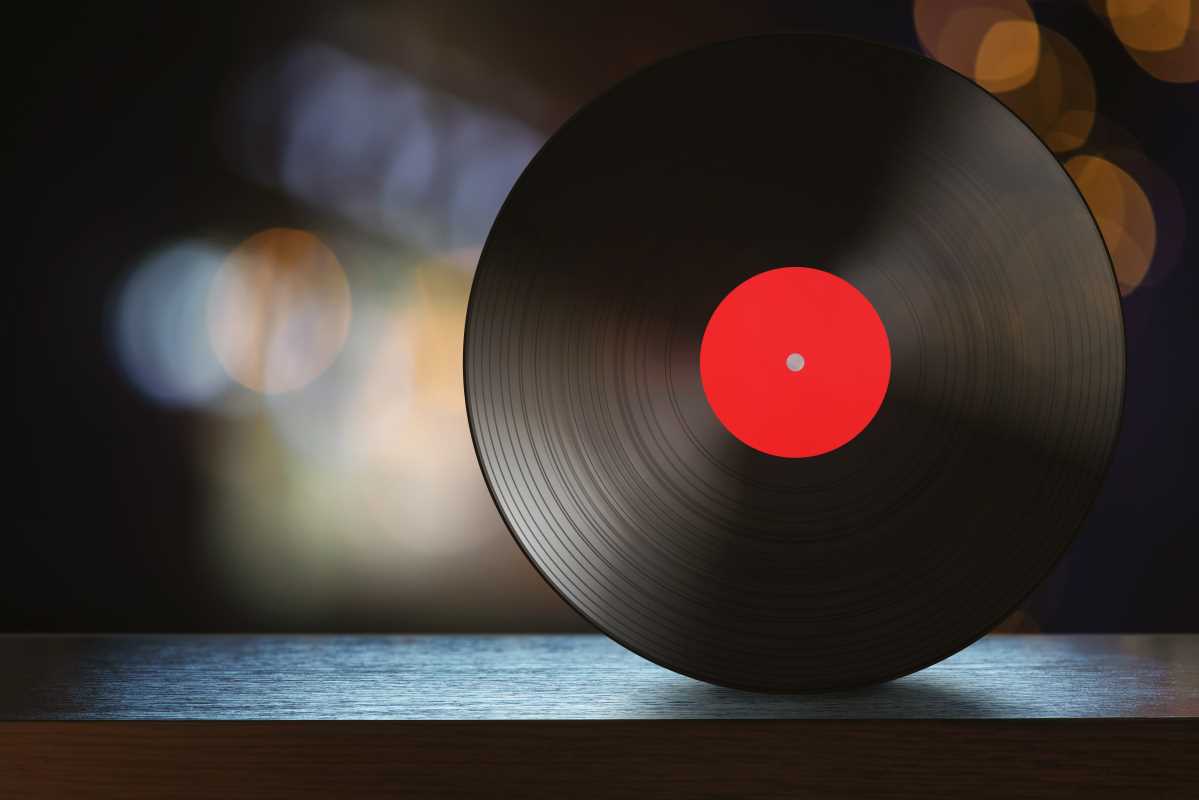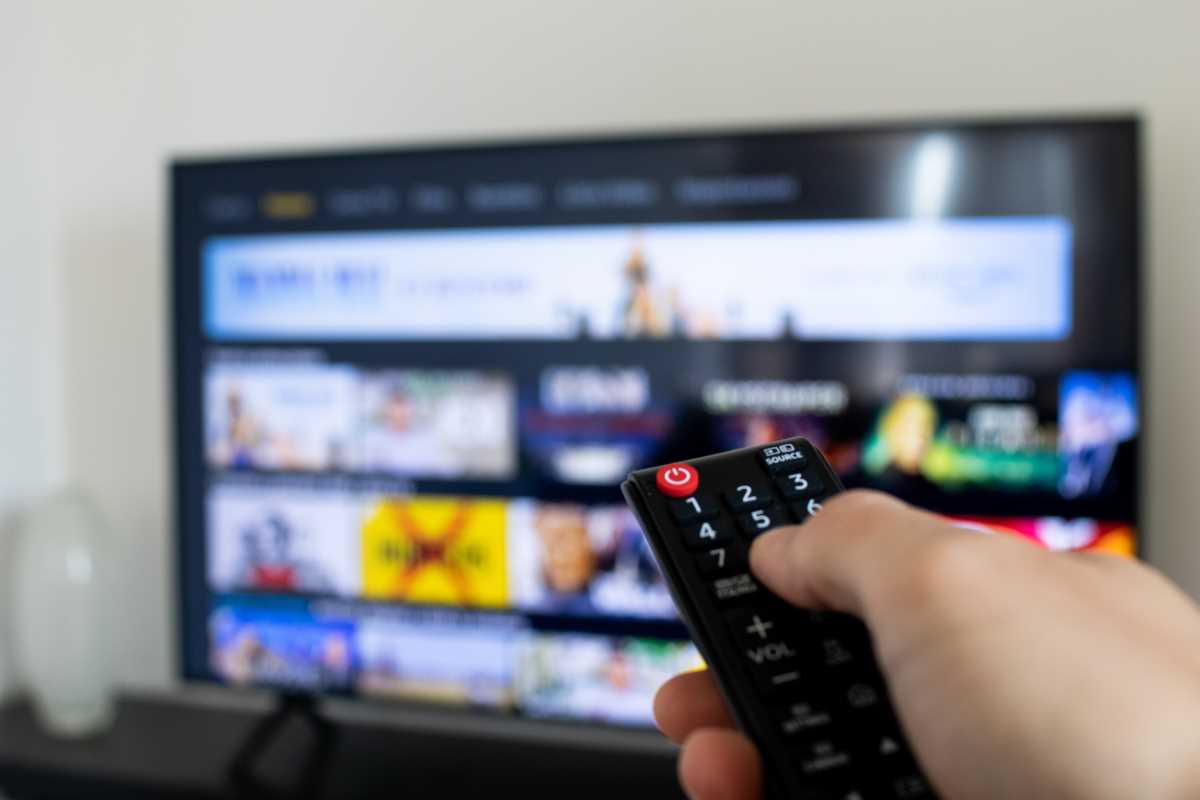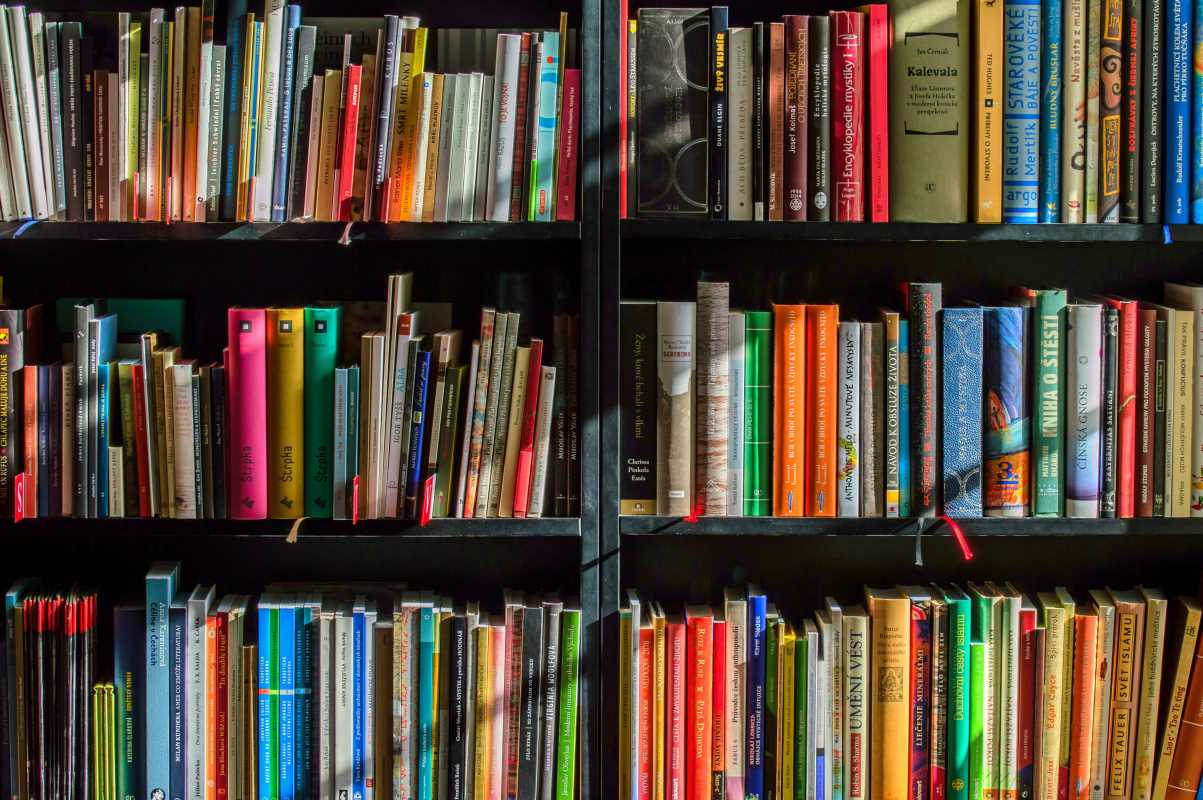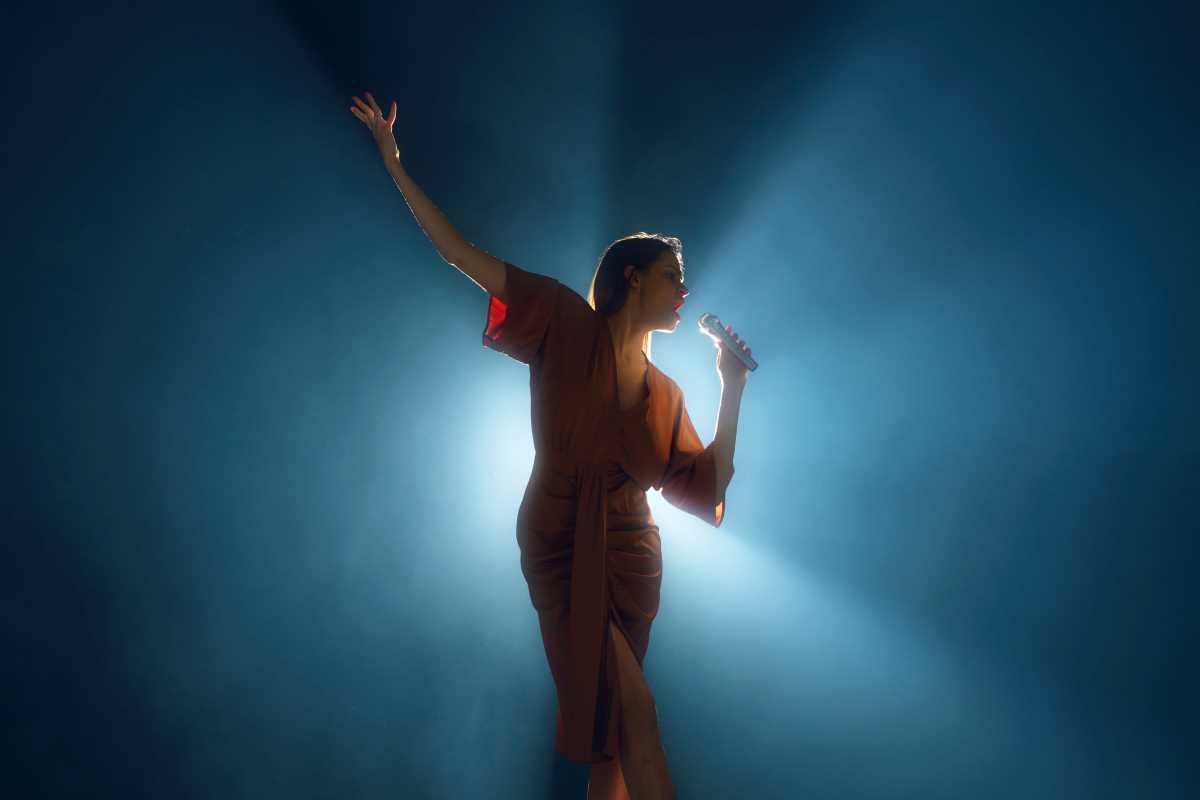The music industry has hit a turning point, and it’s changing fast. Over the past two decades, independent artists have completely transformed how music is made, marketed, and shared with the world. With social media, streaming platforms, and direct-to-fan tools, they’ve shown that you don’t need a big label to reach millions of listeners. But where does this leave traditional music labels? Are they becoming irrelevant, or are they finding new ways to stay part of the action? The truth is, labels are adapting in big ways. From offering more flexible contracts to partnering with rising stars on their own terms, these companies are keeping up with the times. Here’s a closer look at how the industry is evolving.
The Rise of the Independent Artist
To understand why music labels are adapting, it’s important to know how independent artists got here. A couple of decades ago, musicians relied almost entirely on big labels for success. Labels would fund albums, promote concerts, and put artists on the radio. But it came at a cost—artists often had to give away rights to their music or a large chunk of their earnings.
That’s no longer the only path. Today, thanks to platforms like Spotify, YouTube, and TikTok, artists can release their music directly to listeners. Tools like Bandcamp, TuneCore, and DistroKid offer easy and affordable ways to distribute songs globally. Meanwhile, social media has made it possible for artists to grow fan bases without the help of marketing teams. For example, artists like Chance the Rapper and Tones and I have built massive careers independently, proving that it’s possible to succeed outside the traditional label system.
Labels Adjust Contracts for Changing Times
For decades, record labels had all the power when it came to signing artists. They would often lock musicians into so-called "360 deals," where they controlled everything from album profits to merchandise sales. But as artists have gained more independence, this business model has started to fall apart.
Now, many labels are offering flexible agreements tailored to the artist’s needs. Instead of demanding full ownership of an artist’s music, labels might offer licensing deals. This allows the artist to keep their original recordings, known as “masters,” and maintain more creative control. Other deals resemble partnerships, where the label acts more like a service provider, helping with things like marketing or getting songs onto Spotify playlists.
For instance, rapper Macklemore worked with Warner Music Group for distribution but remained creatively independent. This kind of collaboration gives artists the help they need while allowing them to stay true to themselves.
Tech and Data Drive the New Industry
It’s no secret that technology has completely reshaped the music world. Streaming services like Apple Music and Spotify are now the main way people listen to music. Playlists curated by algorithms often decide which songs reach new audiences. Recognizing this, modern labels are leaning heavily into tech to stay competitive.
One big way they’re doing this is by turning to data analytics. Labels now use tools like Chartmetric and Spotify for Artists to discover trends, analyze listener data, and find rising stars. By looking at streaming numbers or TikTok engagement, they can spot the next big thing, even before an A&R (Artists and Repertoire) scout would have back in the day.
Artificial intelligence (AI) is also making an impact. There’s no specific evidence that Warner Music Group has invested heavily in AI tools, but the industry is widely using AI to improve processes like royalty tracking and playlist curation. For example, AI helps match songs to moods and genres for better recommendations and marketing strategies.
Partnerships Over Control
Another major shift is the rise of partnerships instead of the all-encompassing contracts of the past. Many big labels now work alongside indie labels or even completely independent artists, rather than trying to take over their careers.
For example, Billie Eilish, while often associated with independent success, worked with Darkroom, an imprint of the major label Interscope Records. This hybrid model gave her creative freedom as well as the marketing and distribution power of a larger label. This approach is becoming more common as both sides realize the benefits of collaboration.
Distribution Services Gain Popularity
Some artists want the reach and connections that come with a label but don’t want to give up their independence. Major labels like Universal Music Group and Sony Music have adapted to this by offering distribution services. For example, Universal's Virgin Music provides independent musicians with global distribution, making it easier to scale their careers without signing a traditional deal.
This middle ground has become a popular approach because it allows labels to continue working with artists in a way that’s less restrictive for both sides.
Expanding Revenue Streams
With traditional album sales declining, both labels and independent artists are finding new ways to make money, turning to things like brand partnerships, licensing deals, and virtual events. Labels are particularly interested in helping artists secure “sync deals,” which place their songs in movies, TV shows, video games, and advertisements.
For instance, Fortnite’s virtual concerts have teamed up with artists like Travis Scott, creating an entirely new revenue stream. While there isn’t evidence linking Republic Records to Fortnite, labels are undeniably interested in tapping into similar opportunities in gaming and entertainment.
Nurturing New Talent via Social Media
Social media platforms, especially TikTok and Instagram, have become prime spots for discovering new talent. Labels now actively scout rising stars on these platforms. Songs can go viral overnight, and labels are eager to connect with the artists behind them.
To better nurture talent, some labels have even created smaller, boutique divisions focused on helping artists grow their fan bases without committing to long-term contracts. This can be as simple as supporting an artist on a promotional campaign or a single release to “test the waters.”
What This Means for Fans
What does all of this mean for music listeners? Simply put, you’re seeing a bigger variety of music than ever. Independent artists are creating innovative sounds, while labels are using their expertise to promote these voices in new ways. You also have more direct connections to your favorite musicians, whether it’s through platforms like Patreon or engaging with them on TikTok and Instagram.
Even better, the competition between labels and indie artists means a richer, more diverse music scene. Whether you love underground hits or polished pop anthems, the music industry’s evolution is giving you both.
The next chapter of the music world is all about balance, collaboration, and innovation. Whether you’re a die-hard indie fan or still follow major label-backed superstars, it's clear that the future of music is brighter and more varied than ever.
 (Image via
(Image via





